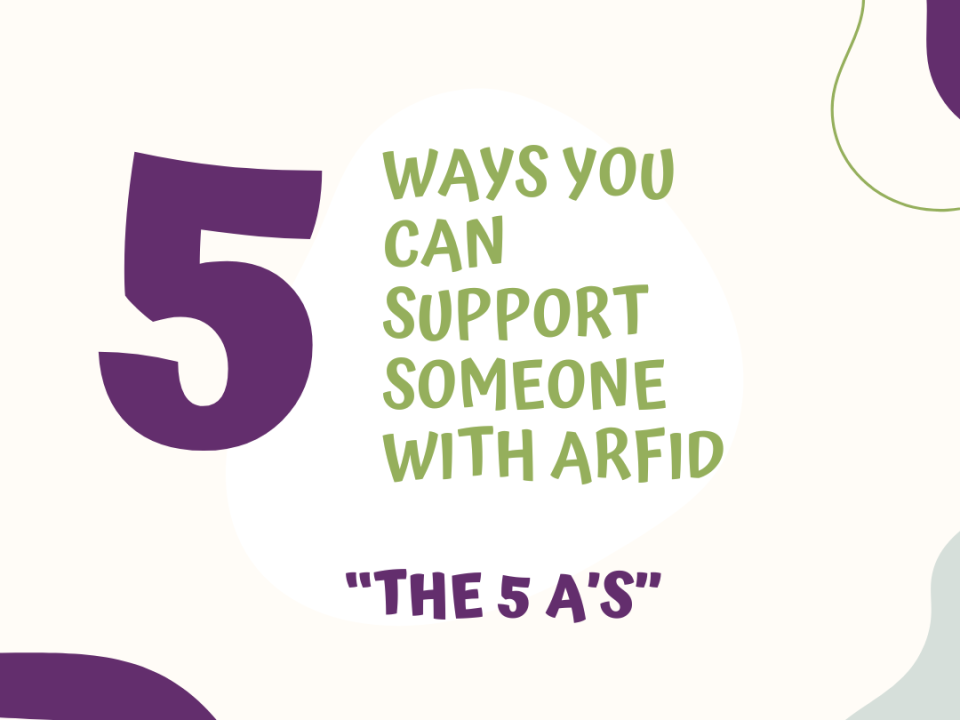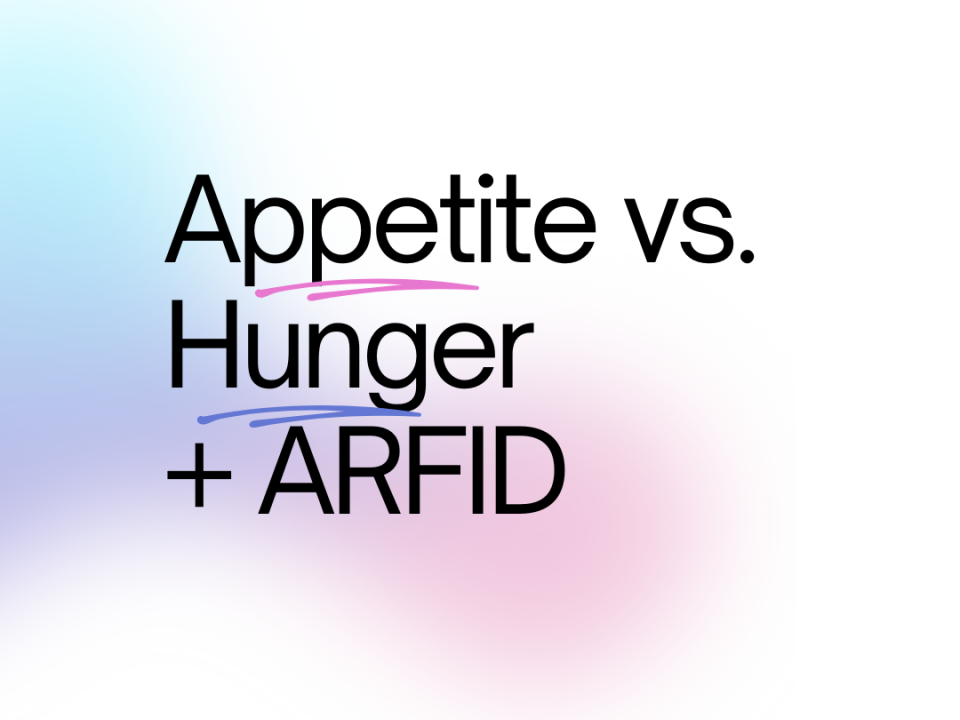Felt Safety: The Foundation of ARFID Support

Appetite versus Hunger + ARFID
May 22, 2024
5 Ways to Support Someone with ARFID: “The 5 A’s”
November 1, 2024One common question I get asked is “why am I struggling to eat?” or “why am I dropping safe foods?” often the answer is something is impacting felt safety of the food or your body.
Felt safety or a regulated nervous system is a basic and fundamental human need. Those who are struggling with eating differences or ARFID are often disproportionately impacted by factors that effect felt safety. This can include but not limited to sensory differences, different forms of trauma, and systems of oppression. It can be challenging to meet other basic needs ( i.e eating) when safety needs are not met.
Avoidance and Restriction are a Way to Cope with Feeling Unsafe
Many different factors can impact an individuals felt safety. Some examples are sensory differences, trauma, systems of oppression, overstimulating environments, unsafe relationships, changes in routine/environment etc. When felt safety is negatively impacted we often there is an increase in avoidance and restriction of foods/eating. The goal of these behaviors is to avoid feeling more unsafe or to improve felt safety (regulate the nervous system).
Those who are neurodivergent or have a history of trauma or have ARFID may experience challenges with how they are able to regulate their nervous system due to differences in sensory processing. They may be more sensitive to different stimuli in their environment that triggers their fight/flight or freeze/fawn response. The sight, smell, taste or texture of certain foods can trigger a nervous system response or other protective body responses including gagging. These experiences in the body can be dysregulating and feel unsafe for an individual. Avoidance or restriction of certain foods or environments where food is present is an attempt to protect their nervous system and support regulation and felt safety.
Felt Safety Can Change
Felt safety can and will change and so can ARFID and eating behaviors. This can be highly influenced by different factors that an individual many have no control of ( see above!) . Also what impacts one person may be different from another. There may be more avoidance/restriction of foods when stress or anxiety is up as a way to cope. When stress is low and an individual’s nervous system is more regulated and they are feeling safe you may see eating become easier. It’s very common for ARFID to ebb and flow because of this.
So how can we support felt safety?
- Identify nervous system triggers
- Identify sensory needs
- Identify and provide accommodations to limit triggers and support sensory needs
- Provide autonomy
- Provide co-regulation and/or build trusting relationships
- Provide empathy, compassion and acceptance/understanding.
- Learn coping skills and strategies to support nervous system regulation.
- plus many others!
Supporting an individuals felt safety can help build a foundation where an individual can start to build skills and begin to learn, explore and advocate for their needs. This is a reminder that you are doing something for yourself or your loved one when you are supporting felt safety. We don’t always need to rush to “fix” the behavior or the individual.
Want to learn more about ARFID and the nervous system? Check out ARFID and the Nervous System EBook from Whole Body Nutrition
Wanting more support for you or your loved one? Check out Lauren’s 1-1 Nutrition Coaching services or support groups for caregivers or Adults with ARFID.




